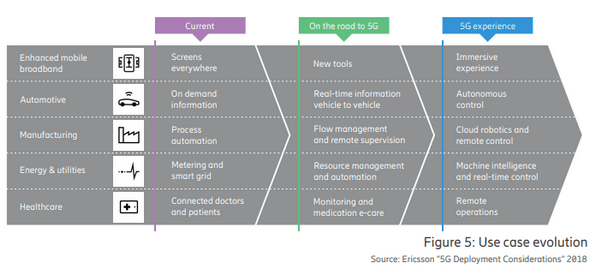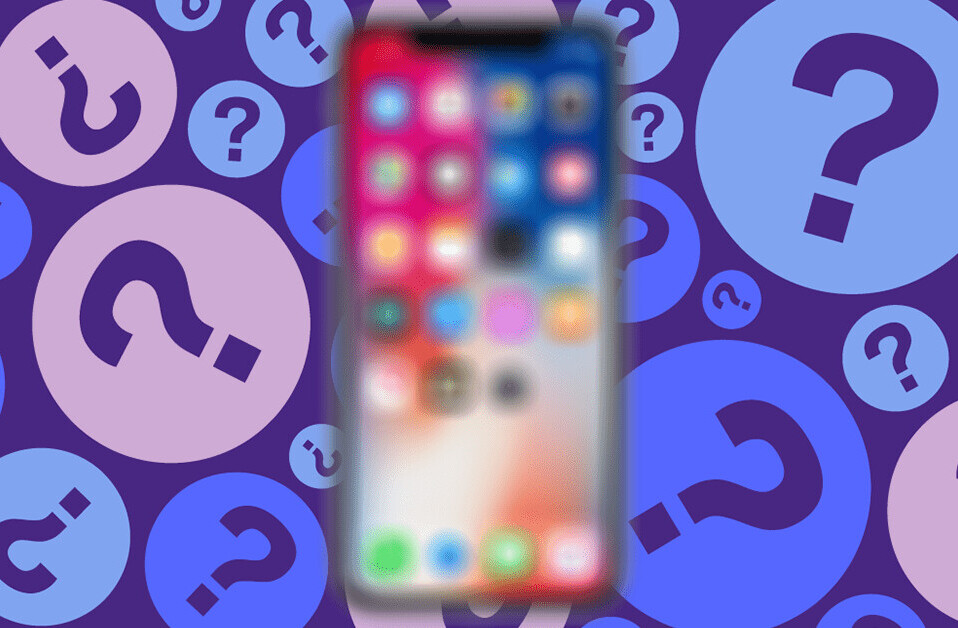
It’s hard to understand the exact impact of 5G connectivity, but we must pay attention to its risk to create an even bigger digital divide. Some experts predict that 5G will offer up to 600x times faster internet speeds compared to 4G. With the first 5G infrastructure and device rollouts starting to happen, now is the time to pay attention to the impact of 5G on internet equality.
Unfortunately, 5G will not be equally distributed, at least at first. The transition to widespread 5G availability will involve building new infrastructure to support these networks, as well as manufacturing new devices capable of processing higher speeds. One of the biggest concerns around this transition is that some people, areas of the world, or even specific types of applications will get access, while others will be left behind.
A quick look back through history shows that previous wireless transitions unlocked new inventions that shaped much of our society today. For example, 3G networks gave rise to the first iPhone and other smartphones to follow. With the 4G and 4G LTE transition came the creation of new apps and marketplaces built based on the fact that these speeds became available.
As Andreesen Horowitz’s Benedict Evans said, “If you’d shown Snapchat to a mobile network executive in the early 2000s, their hair would have gone white – there was just no way the early 3G network could have supported that kind of load.”
We don’t yet know what types of applications will be developed for 5G networks, but many experts speculate that faster speeds and lower latency will support the explosion of completely new internet-connected devices, including self-driving cars and other sensor-connected devices.
For businesses, experts predict that 5G-powered sensors and edge computing will result in a new era of automation, with improvements to areas such as industrial automation.
A potential to widen the current digital divide
Even though many people currently enjoy 4G connectivity, it’s easy to forget that large parts of the world do not have a similar luxury. Compared to the 77 percent of people in the US that have smartphones, 61 percent of people in Africa have feature phones. While feature phones still connect to the internet, they’re slower, have limited functionality, and give users a dramatically different experience with the web than smartphone users.
Slower connectivity can have a negative impact on the economy. A study from GSMA suggested that 3G mobile connectivity speeds contributed to improving the average GDP per capita by about 3.4 percent across the countries sampled. The same study suggested that each time mobile data usage doubles in a country, the country would experience a resulting GDP per capita growth rate increase of 0.5 percent. Considering that a 5G transition offers orders of magnitude faster speeds, many parts of the world may be missing out on potential for economic growth if they lack the devices or infrastructure to connect.
Even on a regional level, since 5G infrastructure is composed of shorter range “small cells,” certain cities or municipalities will likely gain access faster than others. The concern in the US is that rural America will get 5G connectivity much slower than cities. Politicians on both sides of the political spectrum worry that entire states may miss out on the 5G wave, because of the infrastructure challenges.
Missing out on potential critical applications
Much of the hype around 5G has been around the promise for new, potentially critical applications that don’t exist yet since we don’t have the speed to support them. Higher speeds and lower latency could mean that cities become “smarter,” using sensors to help control autonomous vehicle traffic or provide resource management and automation for electrical grids.
First responders like firefighters could potentially use augmented reality applications in the field to coordinate how to split up into different rooms during a fire.

These technologies could improve remote patient monitoring, or create more treatment options for rural patients. However, if rural areas don’t have 5G networks in place, large portions of the population will miss out on these advances.
Net neutrality concerns
Finally, in Europe, the debate has begun about 5G’s impact on net neutrality. The possibility of “network slicing,” or providing priority access for certain types of applications, is very real. With 5G, certain parts of the spectrum can be licensed to specific companies for dedicated, private capacity.
One of the core premises of net neutrality and the “open web” is offering equal access to sites or applications. Network slicing could significantly tip the scales toward companies that have enough money to purchase dedicated spectrum for their applications.
Progress depends on addressing challenges today
While the potential upsides of 5G technology may far outweigh the risks, it’s important to think through these challenges today. In the US, The White House has promised a more than $20 billion investment in rural 5G broadband development over the next 10 years.
However, many critics claim that government nationalization of 5G should take a backseat to rebuilding the nation’s crumbling physical infrastructure, like roads and bridges. It remains unclear how much government investment would really be needed to power a nationwide rollout of 5G.
Instead, the onus should fall mostly on carriers themselves to build the strongest 5G networks as a competitive advantage. On a global level, mobile carriers have already been investing millions in 5G R&D, with some companies making promising initial investments in network modernization in areas such as the Middle East, Latin America, and Africa. Carriers in the US should take a cue from their global counterparts and make similar rural investments a priority.
Building an equitable internet experience for everyone in the world can help improve economies, bring people together, and even save lives. We can’t allow the digital divide to widen even further on our watch.
Get the TNW newsletter
Get the most important tech news in your inbox each week.





